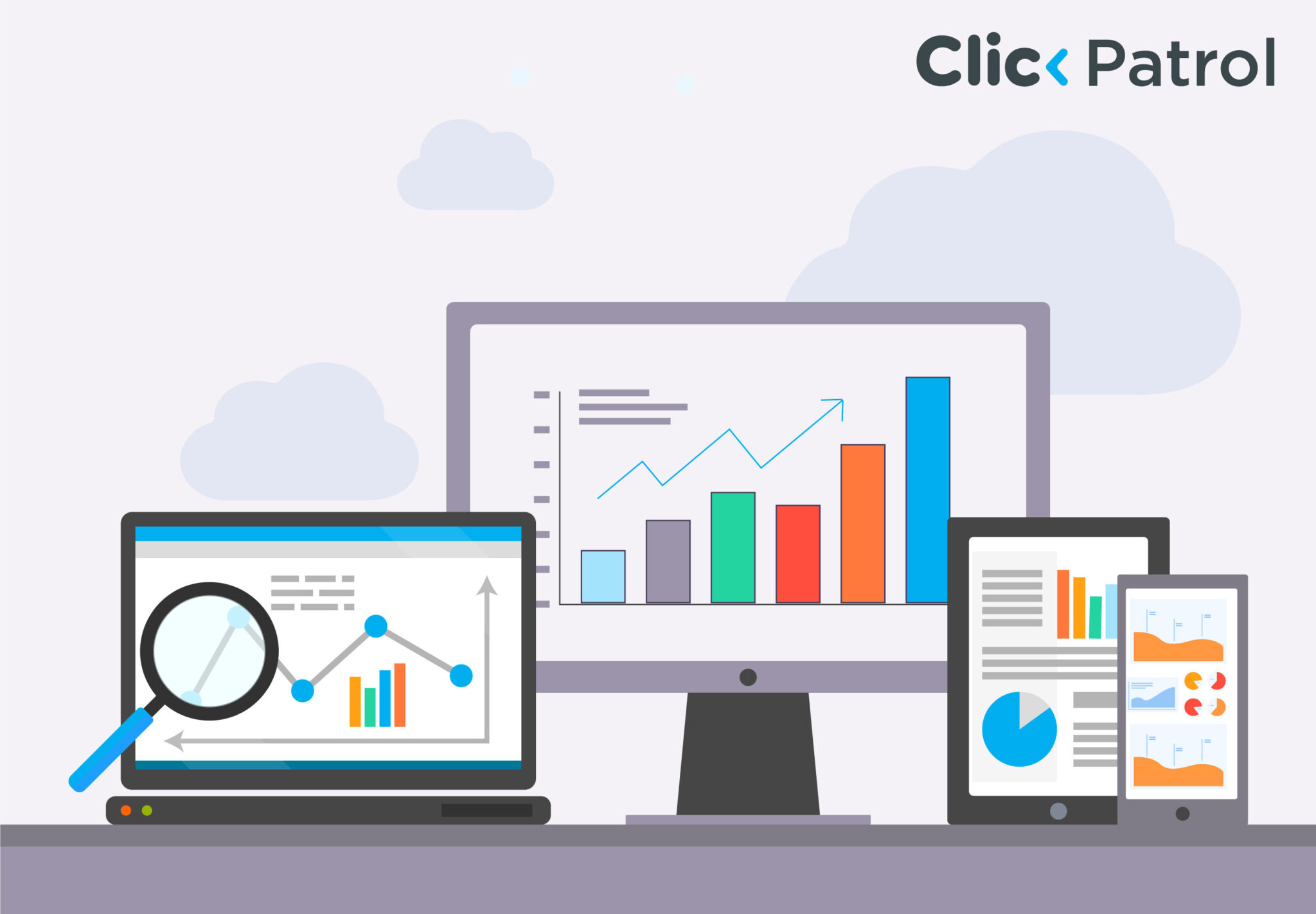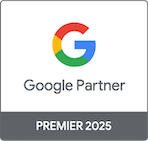
PPC audit guide: How to analyze and optimize your Google Ads campaigns for maximum ROI
Abisola Tanzako | Jun 19, 2025

Table of Contents
Advertisers who audit their PPC accounts quarterly reduce wasted ad spend by up to 20%.
Over time, PPC accounts often become cluttered, inefficient, or misaligned with business goals. That is where PPC auditing comes in.
A well-executed audit helps identify wasted ad spend, improve targeting, uncover missed opportunities, and boost return on ad spend (ROAS).
This guide covers the key steps of a PPC audit, including account structure, targeting, keywords, ads, and conversion tracking.
What is a PPC audit?
A PPC audit is a comprehensive analysis of your paid advertising accounts (such as Google Ads, Bing Ads, or social media platforms) to evaluate their performance, structure, and alignment with your business goals.
The objective is to identify inefficiencies, track down areas of wasted spend, optimize settings, and ensure your campaigns deliver maximum value.
Review audience and location targeting in Google Ads
Audience and location targeting in Google Ads are key settings that help advertisers reach the right users with the right message. Here’s a clear review of how each works:
Audience targeting
Audience targeting allows you to show ads to specific groups of people based on their interests, behaviors, or past interactions with your business. It includes:
1. Affinity audiences
- Users with long-term interests (e.g., sports fans, tech enthusiasts).
- Best for brand awareness.
2. In-market audiences
- Users actively researching or intending to buy products/services.
- Suitable for driving conversions.
3. Custom audiences
- You define the audience by adding keywords, URLs, or apps they might use.
- More tailored targeting.
4. Remarketing audiences
- Users who have previously visited your website or interacted with your app.
- Helps increase conversions through repeated exposure.
5. Customer match
- Upload lists of emails or phone numbers to target existing customers.
- Useful for loyalty campaigns or upselling.
Location targeting
Location targeting lets you choose where your ads will appear geographically.
1. Country, region, or city targeting
- Show ads to users in specific locations.
- Useful for national or local campaigns.
2. Radius targeting
- Target people within a certain distance from a location (e.g., 10 km from your store).
- Good for local businesses.
3. Location options
- Presence: People who are in or regularly in your targeted locations.
- Search interest: People who show interest in your locations (even if not physically there).
4. Exclusions
- You can exclude certain areas to avoid wasting ad spend.
How to audit conversion tracking and attribution in PPC
Auditing conversion tracking and attribution in PPC (Pay-Per-Click) ensures you accurately measure performance and attribute conversions to the right sources.
Here’s how to do it step by step:
1. Check the conversion tracking setup
- Verify tags or pixels: Ensure Google Ads, Google Analytics, or other platform tags (e.g., Meta Pixel) are correctly installed on all relevant pages, especially the confirmation or thank-you page.
- Use Google Tag Assistant or Tag Manager: Tools like Google Tag Assistant and Google Tag Manager Preview Mode help confirm that tags are firing correctly.
- Test conversion actions: Perform test conversions (e.g., filling out a form or purchasing) and check if they are recorded on your platform.
2. Review conversion actions in Google Ads: Go to tools and settings > Conversions
- Confirm that the conversion actions listed match your actual goals.
- Check if the counting method is appropriate:
- One for leads (only the first conversion counted).
- Every for sale (every transaction counted).
- Check attribution settings:
- Make sure each action is primary if it’s being used for bidding.
- Review conversion windows and category types (e.g., lead, purchase).
3. Audit Google Analytics Integration (if used)
- Make sure Google Ads is correctly linked to Google Analytics.
- Compare conversions in both platforms, and discrepancies may reveal tracking issues.
- Enable enhanced conversions or GA4 events if available.
4. Analyze attribution models
- In Google Ads:
- Go to Tools & Settings > Attribution > Model Comparison.
- Compare models like Last Click, Data-Driven, Linear, etc.
- Consider switching from Last Click to Data-Driven (if eligible) for more accurate insights.
- Use Google Analytics Attribution Reports to see the whole customer journey across channels.
5. Evaluate conversion delays and paths
- You can check the Path Length and Time Lag reports in Google Analytics to see how long it takes users to convert.
- This helps identify whether you are underestimating the value of specific campaigns.
6. Check for duplicate or missing conversions
- Ensure you are not double-counting the same action (this is common when both Google Ads and Analytics track the same event).
- Also, ensure key actions (form submissions, purchases, calls) are being tracked; missing them means lost data.
7. Review cross-device tracking
- Enable cross-device conversions in Google Ads to capture users who click on an ad on one device and convert on another.
Create a PPC audit checklist for ongoing campaign reviews
Here’s a practical and straightforward PPC Audit Checklist to review ongoing campaigns across platforms like Google Ads, Meta Ads, or Microsoft Ads.
This helps ensure performance, tracking, and targeting are consistently optimized.
1. Account structure
- Campaigns are grouped by product/service/category
- Ad groups are tightly themed
- Naming conventions are clear and consistent
- Active campaigns align with current business goals
2. Conversion tracking
- Conversion actions are properly defined
- Tracking pixels or tags are firing correctly
- No duplicate or missing conversions
- Enhanced conversions or offline tracking is enabled (if applicable)
- Google Ads and Analytics accounts are linked correctly
- The attribution model is suitable for your goals (e.g., Data-Driven, Last Click)
3. Campaign settings
- Geo-targeting is accurate and excludes irrelevant locations
- Language settings match your audience
- Device targeting aligns with user behavior
- The ad schedule is optimized based on performance data
- Bidding strategy matches campaign goal (e.g., Maximize Conversions, Target CPA)
4. Ad copy and creatives
- Ads are relevant to keywords or audience intent
- Each ad group has at least 2–3 responsive or expanded ads
- Calls-to-action (CTAs) are clear and tested
- Ad assets/extensions (sitelinks, callouts, etc.) are active and relevant
- Low-performing ads are paused or tested against new versions
5. Keywords and targeting
- High-performing keywords are getting enough budget
- Irrelevant or underperforming keywords are paused
- Negative keywords are updated regularly
- Match types (broad, phrase, exact) are used appropriately
- The search terms report is reviewed to refine targeting
6. Audiences and remarketing
- In-market or affinity audiences are applied where relevant
- Custom audiences are tested
- Remarketing lists are active and segmented (e.g., cart abandoners, past buyers)
- Lookalike or similar audiences are used if available
7. Landing pages
- Landing pages match ad intent and keywords
- Pages load quickly and are mobile-friendly
- Conversion elements (forms, CTAs) are functional
- A/B tests are running or planned for improvements
- Tracking is working on the landing pages
8. Budget and performance
- Daily/monthly budgets are aligned with goals
- ROAS or CPA targets are being met
- A limited budget does not restrict top campaigns
- Underperforming campaigns are reviewed or paused
- Costly keywords or placements are adjusted
9. Reporting and optimization
- Regular reports are generated (weekly/monthly)
- Trends are tracked over time (CTR, CPC, CVR)
- Bid adjustments are based on performance (device, time, location)
- Experiments or A/B tests are documented
- Notes or annotations are added for major changes
10. Compliance and policy
- Ads meet platform policy guidelines
- Disapproved ads are reviewed and resolved
- Extensions and assets comply with ad policies
Turning insights into action
A successful PPC audit does not end with a checklist. It ends with a transformation of your strategy, structure, and outcomes. As you wrap up the audit, compile a report of actionable insights.
Prioritize changes based on impact and ease of implementation. Some fixes (like adding negatives or rewriting ads) are quick wins.
Others (like rebuilding campaigns or restructuring conversion tracking) may take longer but yield high returns. Remember, PPC is not a “set-it-and-forget-it” channel.
Regular auditing, quarterly or at least twice a year, ensures your campaigns stay efficient, competitive, and high-performing.
FAQs
Q. 1 How often should a PPC audit be done?
A PPC audit should be conducted quarterly to ensure your campaigns remain optimized as trends, competitors, and algorithms change. However, monthly mini-audits are recommended for managing a high-budget account or a fast-changing industry.
Q. 2 Do I need a PPC tool to perform an audit?
While you can perform a PPC audit manually through Google Ads and Google Analytics, tools like ClickPatrol, SEMrush, Optmyzr, and Google’s recommendations tab can make the process faster and more insightful by flagging issues and visualizing data.
Q.3 What are the signs that I need a PPC audit?
Some red flags that suggest you need a PPC audit include:
- Rising costs with flat or declining conversions
- Disapproved ads or keyword issues
- High bounce rates on landing pages
- Low click-through rates (CTR)
- Sudden drops in performance without obvious reasons
Q. 4 Can I do a PPC audit or hire a professional?
If you have a solid understanding of Google Ads and digital analytics, you can conduct a basic audit yourself.
However, hiring a certified PPC specialist or agency can help uncover deeper issues and ensure the right corrective actions are taken for complex accounts or if you are unsure how to interpret data.





